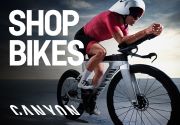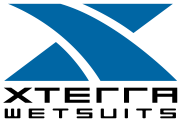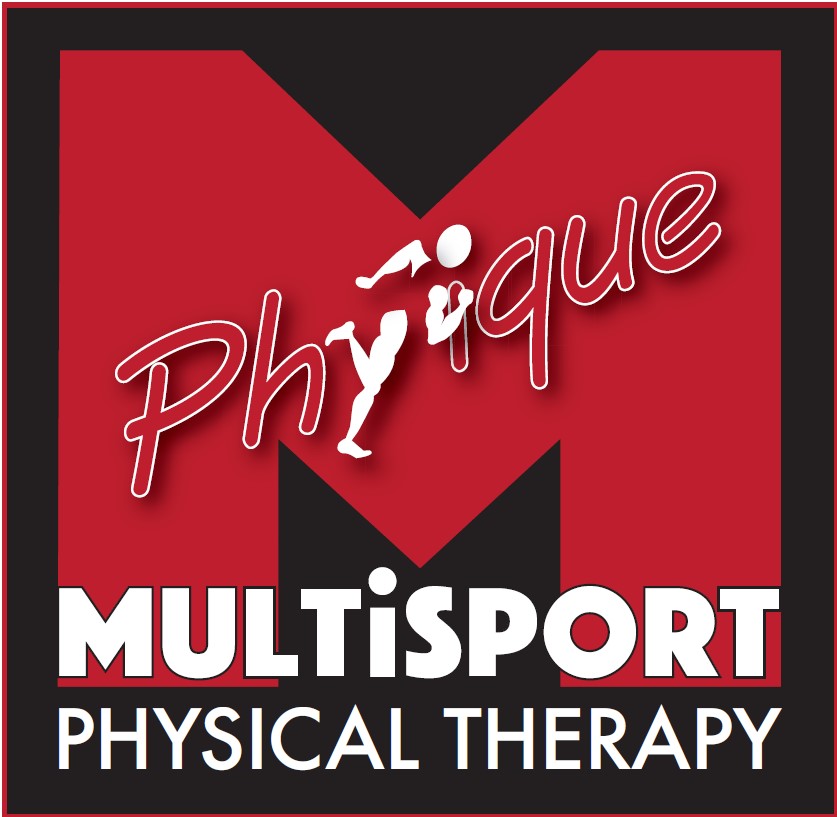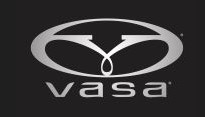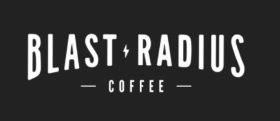Don Lopez
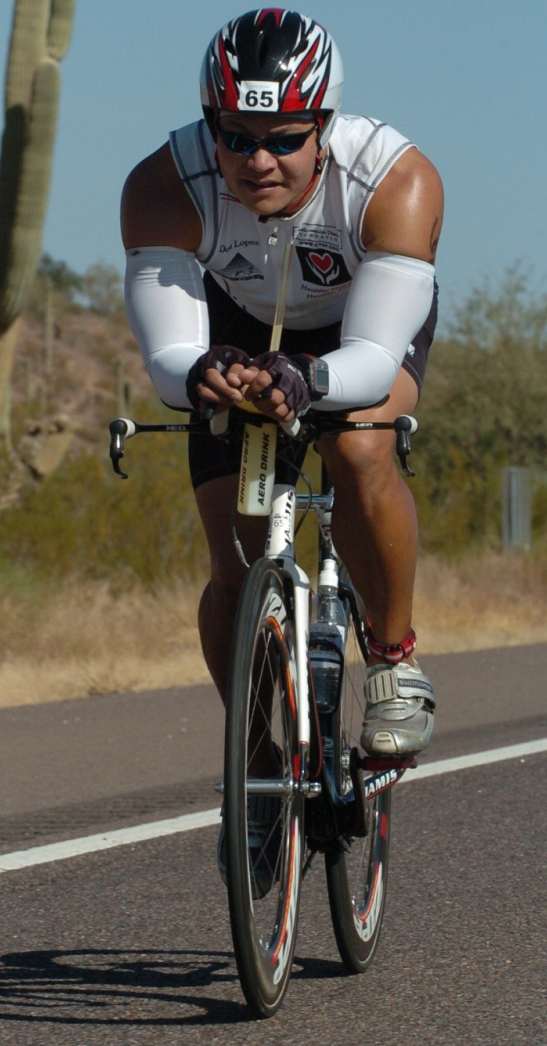
I had the privilege of sitting down recently and talking triathlon with the Tri Club's Don Lopez. On November 23rd Don completed his first Ironman at Arizona in a time of 12:53:43. Please join me as we get to know this very blessed man.
Craig: What was your athletic background prior to triathlon?
Don: As a kid, I played soccer and a little football through high school. Afterwards I started lifting weights which remained my exercise routine through 2003. I ‘socially’ rode mountain and road bikes through the years, never more than 20 miles at a time. I used to snow ski quite a bit, although I haven’t hit the slopes recently.
Craig: How did you get into triathlon?
Don: At the age of 33, in December 2003, while warming up on a Lifecycle at the gym, I suffered a heart attack. As a result, I was advised to stop heavy weight lifting to avoid blood pressure spikes. My cardiologist suggested I take up jogging or swimming or ride a bike. Reluctantly, I gave up weights and defaulted to the Lifecycles and taking brisk walks.
In 2004, my family moved from Santa Clara to San Diego and in 2005, I met TCSD members Marie Lewis and Matt Sparks (Marie’s daughter Katie and my daughter Sofia were classmates). Over dinner one night, I recounted my heart issues and cardiologist conversation with Matt who promptly noted, “Hey, your cardiologist told you to jog, swim and cycle? He just told you to do a triathlon!” I also found out Matt was training for Ironman Arizona in 2006 and I was intrigued.
I crashed a couple of Cove potlucks and a club meeting, and finally joined TCSD in April 2006. I bought my first tri bike in May. I had no clue on how to swim, so I sheepishly showed up at the JCC pool and was thoroughly embarrassed since I had to grab the wall midway through one 50m length. I was further embarrassed at Glorietta Bay where I flat out hyperventilated and panicked 20 meters off shore. By the way I’d like to sincerely thank club ‘lifeguards’ Courtney Carpenter and Steve Koci for all their help!
I signed up for the ’06 Mission Bay and ’06 Catalina sprints as my first two triathlons. However, as luck would have it, I suffered a second heart attack in September 2006. Recovery was quicker this time, and I finally completed my first official triathlon in Newport Beach in April 2007.
Craig: What was the cause of those heart attacks and how serious were they?
Don: For the most part, it’s genetic – I have a long history of heart disease and stroke on both sides of my parents’ families. The first attack was due to cholesterol-induced plaque. I had complete blockage of the lower section of my right coronary artery. This meant that a portion of the heart muscle that pumps my right ventricle ‘starved’ for lack of oxygen-rich blood. Unfortunately, the muscle tissue was irreversibly damaged. It is now dead muscle which means that the pumping power of my right ventricle is significantly less. I was placed on a ‘cocktail’ of meds to control my heart rate, blood pressure, and decrease blood cholesterol levels.
The second attack occurred in a similar area. However this time, it was due to the blood clotting. While not as devastating as the first, my heart’s pumping efficiency (ejection fraction) was further reduced. As a result, my ‘cocktail’ was adjusted to now include blood thinners and anti-coagulants. I was also warned about the dangers of dehydration. Less water in your body means thicker, stickier blood.
Craig: If that happened to me, I think I would be too frightened to take on a sport like triathlon. How confident are you that those episodes are behind you?
Don: What’s that saying about falling off a horse and getting back in the saddle as soon as possible? Does that apply here? I can’t say why I’m not frightened. Maybe I’m too stupid to let myself be frightened. I don’t know. I consult with several cardiologists each with varying opinions. I’m trying to be smart about it, so I listen to their guidelines. I warm up and cool down religiously. I build up volume very gradually, over an extended period. I stay hydrated and try to pick courses/races that are flatter and not too hot. I try not to ride in big ‘packs’ for fear of crashing. I use a heart rate monitor; I bike and run at less than 140 bpm regardless of training or competition. This is why you’ll never see me at track/speed sessions or doing sprints or head-up drill in the pool. Gotta keep that heart rate down!
Am I confident that those episodes are behind me? Can’t answer that, but what I can tell you is I feel that I’m in the best shape of my life right now, and I really do owe it to the sport of triathlon. In a way, my completing Ironman Arizona is my way of saying that I beat the disease.
Craig: Tell me about the Cardiovascular Disease Foundation, what they do and how someone could make a donation.
Don: Going into this, I knew I wanted to tie my Ironman endeavor to some type of charitable action. My introduction to Carlsbad-based Cardiovascular Disease Foundation (CVDF) was somewhat by accident. I stumbled upon their annual 5K jog/walk flyer and took it home. I went to their website and was immediately struck by their mission and approach. Unlike other heart disease foundations that funnel dollars into R&D, CVDF was more focused on educating the public about the causes and prevention of heart disease. In particular, they have this Healthy Habits, Healthy Kids (HHHK) program where they go to regional schools and teach young kids about heart disease, smart lifestyle choices, proper exercise, and healthy eating habits. I arranged a meeting with them, recounted my medical history, educated them about my Ironman intentions, and told them I’d like to raise money for their HHHK program. They accepted and we launched a fruitful partnership in May 2008 which to date has yielded over $13,000. You can visit CVDF at www.cvdf.org and my fundraising page is www.active.com/donate/donlopez.
Craig: You won the Ford Everyday Hero Award with your participation in Ironman Arizona. What does that award mean?
Don: Ford presents an Everyday Hero award at full-distance Ironman events on the NA Sports race calendar. It is geared toward athletes who have contributed to a person, charity or organization in a significant way and who have done so while undertaking the rigorous training for an Ironman event. Everyone registered for IM Arizona received a ‘please nominate someone’ e-mail. Several folks in the club were aware of my medical condition and involvement with CVDF and took it upon themselves to nominate me. Others took it a step further and forwarded the nomination e-mail to all of TCSD (and beyond!). This must have had a snowball effect because I think NA Sports’ inbox was flooded by nominations for me from many, many, TCSDers – whether they were racing Arizona or not!
They notified me the Tuesday before the race and needless to say, I was shocked, thrilled, but most of all humbled by the honor. I mean, who am I to be singled out of this group of 2,500 people; we all trained ridiculously hard. And fundraising? Largely a team effort – TCSD pals like Kevin Koresky, Elaine Gower and JT Lyons took it upon themselves to coordinate events to drive funds to CVDF, my family tapped into their business network to solicit donations and sponsorships. I didn’t deserve the award, but perhaps ‘we’ did. For me, the most important part of the award is the $1,000 donation Ford made to CVDF on my behalf. Personally I received a comp’d entry into any 2009 NA Sports Ironman event. That’s pretty cool too, but I haven’t yet decided what to do with it. And for those asking, no it doesn’t include Kona!
Craig: I heard that you forged a special friendship with Phoenix cardiologist Dr. John Fitzgerald through Ironman Arizona. How did that come to be?
Don: Words cannot convey how amazing and special a person Dr. Fitzgerald is. I only met Dr. ‘Fitz’ the Friday before the race, yet the impact he has had on me will last a lifetime. I knew there were real risks involved with my Ironman attempt. I never let on that I was concerned, but inside I knew I was. Club member Mark Kenny placed me in contact with the medical race support, however, I thought that it would be better if I could find a local Tempe/Phoenix cardiologist who was around that weekend. I figured that I could send them my medical history and if something devastating happened they would at least be familiar with my case. Mark also placed me in contact with Dr. Fitz’s office. I was able to get a last-minute appointment with Dr. Fitz, but I was told it would only be 20 minutes because they ‘squeezed’ me into his schedule. My 20 minutes turned into an hour plus. What started as an assessment of my medical condition turned into an Ironman Arizona coaching session tuned to my special needs. You see, Dr. Fitz has done Arizona as well as another Ironman and an assortment of other triathlons. As we wrapped up, he said to me, “You know, I’m going to see if I can add myself to the medical support staff for the race.” And he did just that! I think he sensed I was a little nervous, and that by his being on site, I would be able to better focus on the race. Talk about peace of mind!
The Saturday night just before the race, I received the most comforting and inspirational text message from him. It read, “Swim – relax, bike – be safe, run – solve the problem. And above all, enjoy the moment. Dr. Fitz.” You know, he spent his entire Sunday at the race observing me. He picked me up coming out of the swim and monitored my progress loop by loop – he even knew all my splits! He purposely selected a late shift in the med tent to coordinate with my anticipated finish time. And when I was done, I asked to be escorted to the med tent where he congratulated me and monitored my recovery. He asked me to stop by his office the following Tuesday for some blood work and a quick checkup. And just as before, I had no appointment, was in his office longer than expected, and the medical evaluation gave way to coaching. However this time, we talked about ‘what’s next for Don?’ To this day I can’t bring myself to erase that text message, and I don’t think I ever will.
Craig: So it sounds like you had angels watching over you. Were the angels sleeping when you had your bike crash on the 3rd loop at IM Arizona?
Don: Ha! Maybe I was the one sleeping. It happened at an aid station on the third loop about 18 miles from the finish. The guy in front of me missed a bottle exchange. However instead of riding on and grabbing a bottle from the next volunteer, he hit his brakes and stopped. I ran into him, and the guy behind me ran into me. I fell to my left, so my left shoulder and right thumb hit the ground first. But now I was laid out in the path of all the other racers. Just as I went down, a woman who was unable to avoid me basically ran over me. Her chain ring cut a 9-inch gash along the right side of my back and her front wheel rode over the right side of my helmet. She went down hard too – I saw her later on the marathon course with her right arm strapped to her torso.
I was helped up and taken to the side of the road. By now my right thumb was squirting blood all over the place, and I was concerned that because of my medications, we wouldn’t be able to stop the bleeding. As much as it hurt, I asked the volunteers to wrap it up as tight as they could with gauze and medical tape. They actually had to do it twice, because after the first try it had completely soaked through the gauze in about half a minute. With the exception of some tweaked aerobars, my bike was OK. By the time I started the run, my back was quite swollen and bruised, and the blood had completely seeped through my white jersey. The first 5 miles were painful when I pumped my right arm back and forth, but eventually I just ignored it. I got a lot of weird looks on the run though. One guy who was behind me cracked a joke that I was flogging myself to run faster. Love it when you can find humor 11 hours in to a race!
Craig: What was the toughest part of the race for you and how did you overcome that?
Don: For me, training for Ironman Arizona took over 10 months. February and March were spent rehab’ing my left knee – in January I had surgery to repair a meniscus tear. The early months weren’t so bad in terms of training time commitment. However, when we hit mid-summer the weekend volume began to consume my life. It was difficult to be away from the family. I pretty much missed the entire soccer season for both Mateo (5) and Sofia (7). My wife Karen was a real trooper – she played ‘soccer mom’ by herself and kept the kids occupied during my long weekends. Family events such as vacations – or lack thereof – were also planned around my training schedule.
During the race itself, the toughest parts were the second half of the swim and the first loop of the run. For some reason I got disoriented while swimming back. Tempe Town Lake is like an oversized aqueduct, so our swim was for all purposes one big counterclockwise rectangle. Being manmade, the lake’s sides are vertical, plus we had those giant orange and yellow pyramid buoys. You’d think it’d be impossible for someone to get lost. Yeah right! At one point I found myself swimming perpendicular within 10 feet of the wall and a volunteer had to yell at me to turn. Did I mention I suck at swimming? You know if it weren’t for lane lines, I’d swim clockwise circles in the pool!
Regarding the run…I came off the bike with a very acidic, gassy stomach. My gut felt so horrible that I jog-walked the first 5 miles with TCSDer Lorenzo Cervantes. The only thing that saved me were the Gas-X pill in my pocket and that life-saving chicken broth. Its funny you know; I never understood why they served chicken broth at IM races. Now I know; I really know! It’s the miracle drug. I stuck with chicken broth, water and GU for the remainder of the race. And by the second loop, I was actually running comfortably. Also thank God for those TCSD cheerleaders and all the volunteers; they really kept you going into the night!
Craig: What is your favorite part about being a TCSD member?
Don: Hands down the camaraderie. I can probably count the number of friends I made from 1993 - 2003 on my two hands. I’ve more than quadrupled that number in the few years I’ve been involved with TCSD. I love the variety of events, both social and training-oriented. I’m a big fan of the Borrego (and now Vail Lake) campouts. It’s a real second family-type of feeling you get when you hang out with these folks.
Craig: What is the funniest thing you have experienced since becoming a triathlete?
Don: Did you know that over time, your lycra/spandex swimsuit bottoms become transparent? And they don’t have to be white either. ‘Nuff said.
Craig: What are your future triathlon goals?
Don: Given my heart rate constraints, the endurance distances really suit me better. I like the 70.3 distance because I think I can train while still being a good husband and father. I’d like to go back and actually finish Big Kahuna – I DNF’d this year due to a bunch of flats. Will I ever do another Ironman? Maybe. I’ll let you know after the family meeting in Jan’09…
Craig: Don, thank you so much for sharing your story. You are easy to like. I can see why Dr. Fitz spontaneously gave you so much attention. The TCSD is lucky to get to share you with your family.


